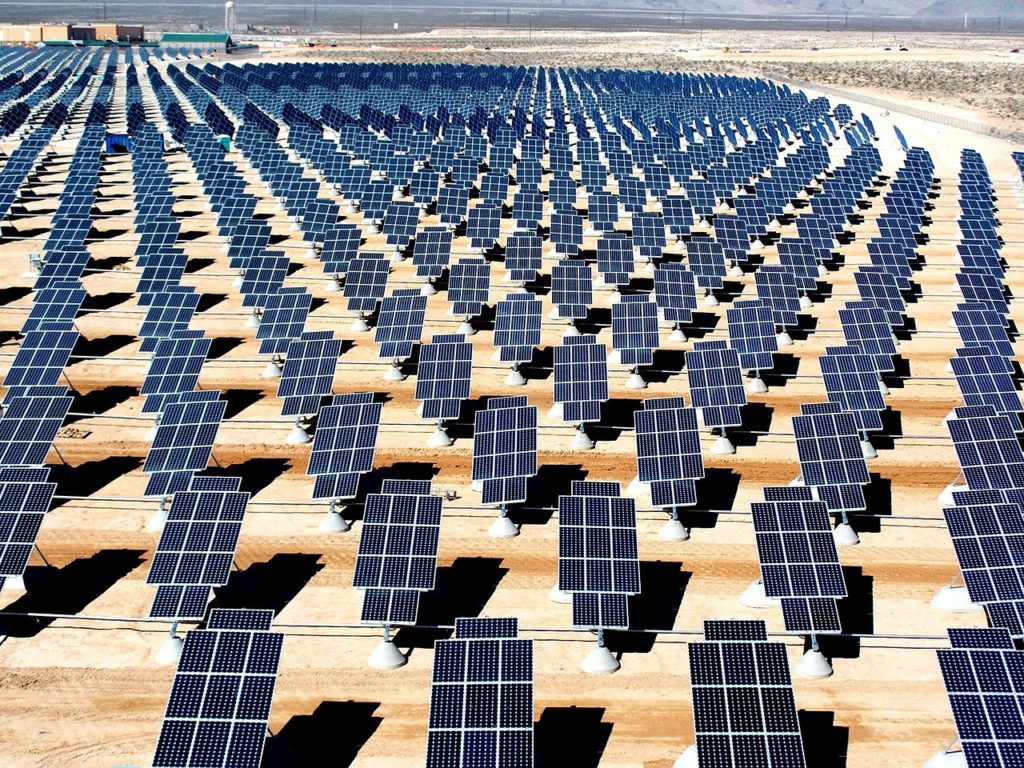Cover photo: David Mark from Pixabay
Today’s Focus of Attention is reader-supported. We sometimes include products we think are useful for our readers. If you buy through links on this page, we may earn a small commission.
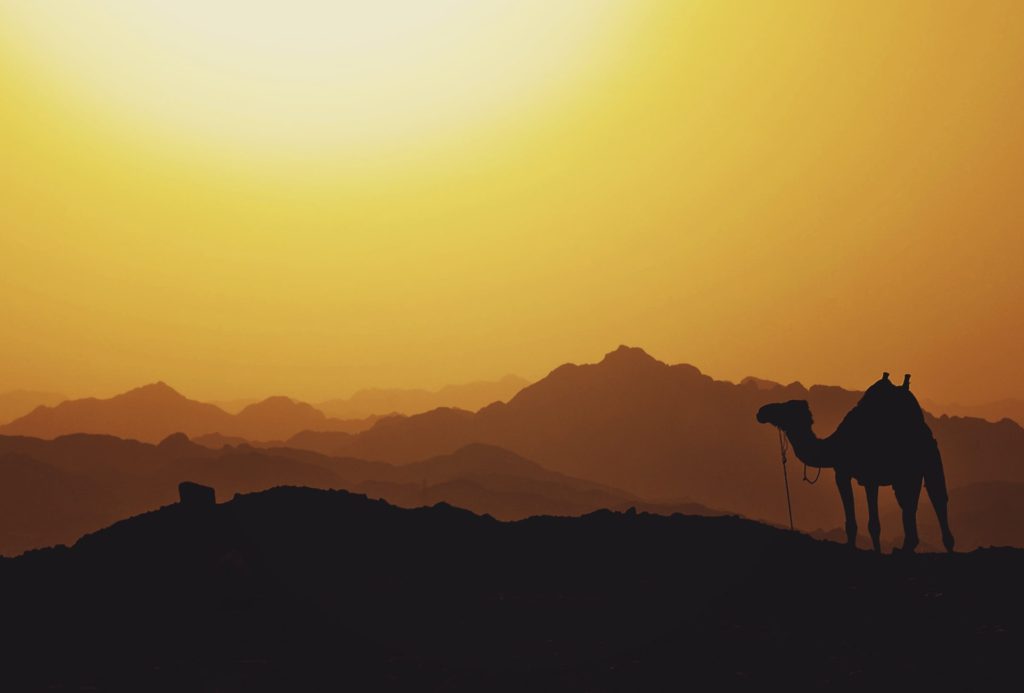
When we hear the words “Middle East” and “energy,” we immediately think of oil and gas.
Green energy doesn’t strike a chord.
However, this might change in no time.
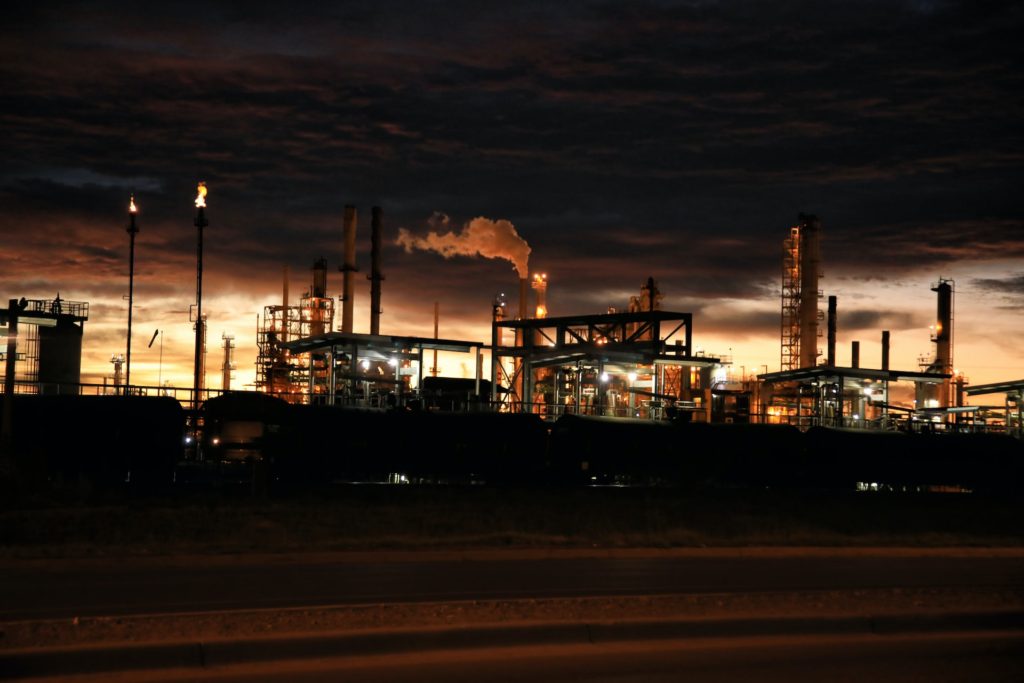
Even though many countries across the Middle East are still on their oil agendas since they have to meet the demand, several of them are already channelling substantial funding into renewable alternatives.
Why? They are expecting a future where fossil fuels are no longer the primary energy source, so they want to be prepared when this time comes.
Countries in the Middle East have led hydrocarbon production for decades, but today, since the world demands cleaner ways to create power, they are focused on being at the forefront of green energy.
They have the money, the geographical features, and the knowledge.
For instance, Saudi Arabia and the United Arab Emirates are using their current major sources of income to diversify their economies and grow in areas other than oil and gas and to keep their wealth for the future.
They are aware that fossil fuels won’t last forever.
A perfect location
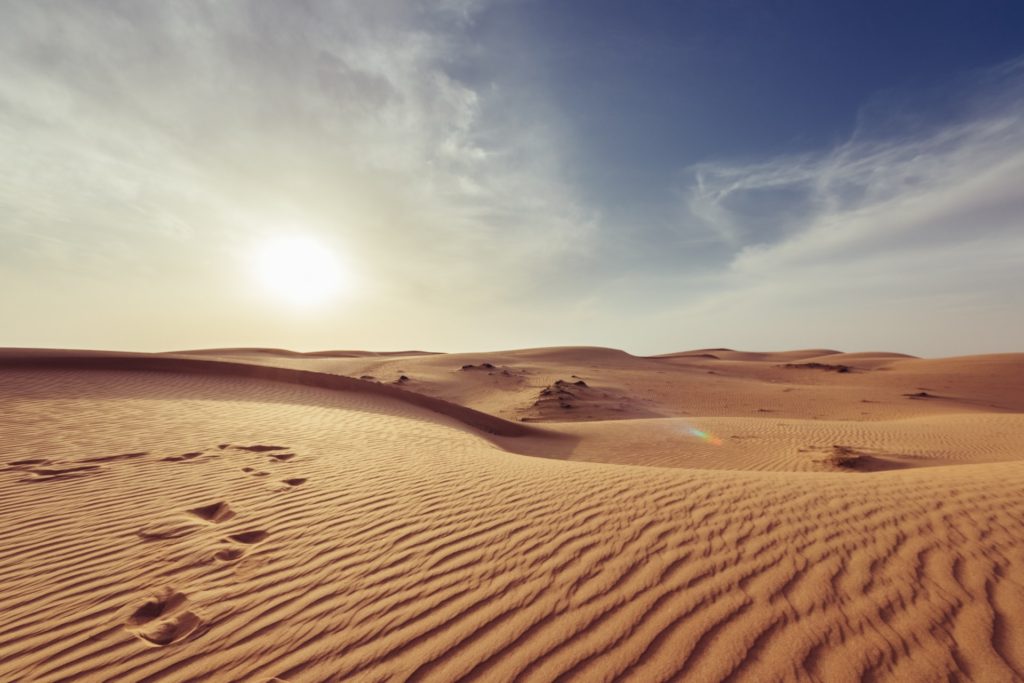
The Middle East is well-suited for the production of green energies like hydrogen.
The constant exposure to high solar irradiation and the persistent winds make the region ideal for developing zero-emission solutions.
But this is not something they want to begin in a few decades; they are currently working on it and have big plans in that regard.
Let’s look at the Middle East’s renewable energy capacity.
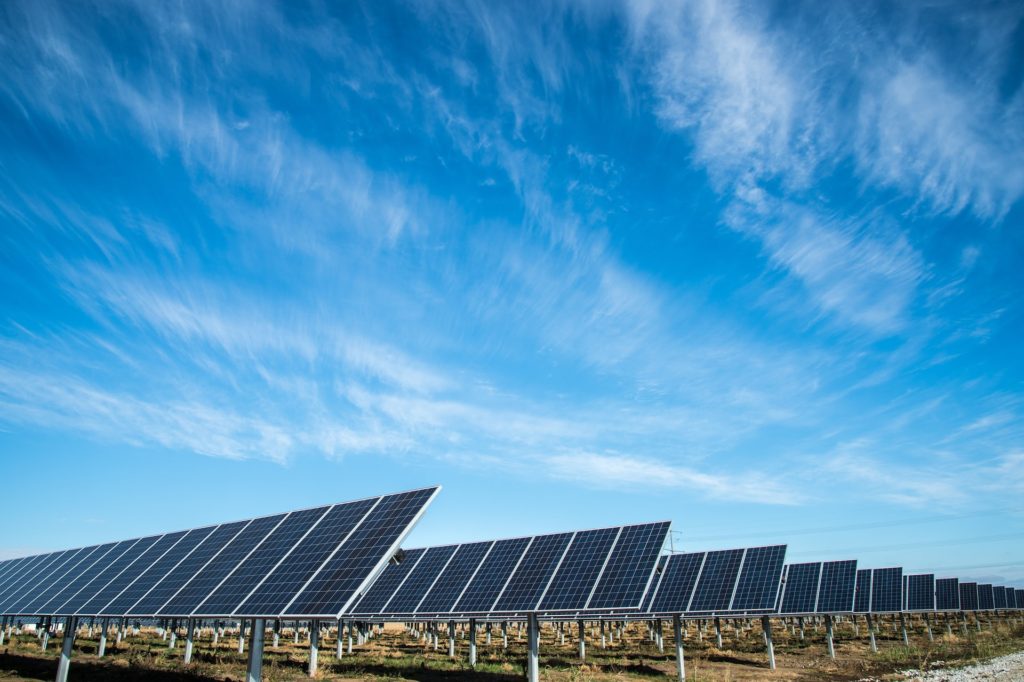
It doubled to 40 GW between 2010 and 2020 because of the operation of solar farms, and it is ready to double once again by 2024.
In the coming years, the region will continue to bring into service more sun-powered plants to produce additional electricity.
Burgeoning solar projects and the installation of Carbon Capture Storage technologies are leading Saudi Arabia to generate at least 50% of its energy by 2030.
This is around the corner, isn’t it?
Control over the green business
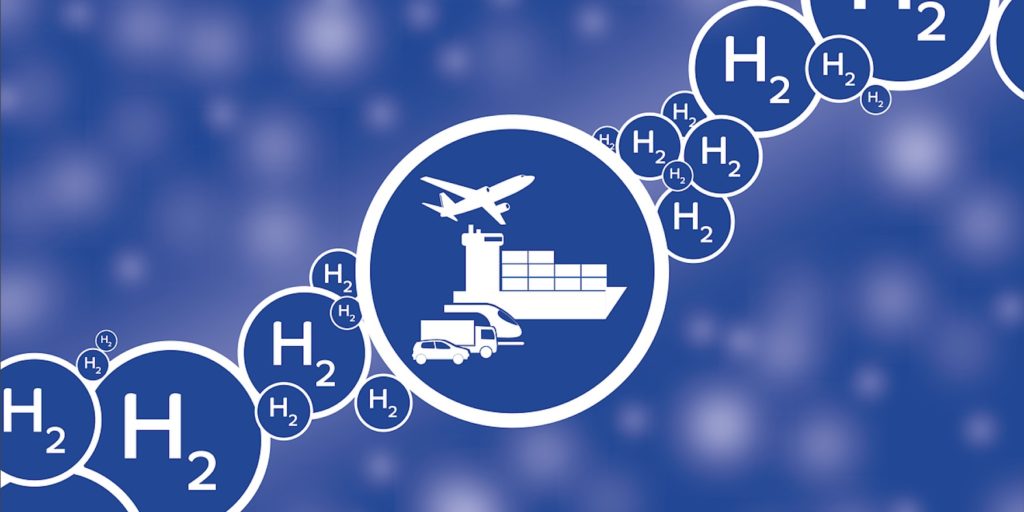
Middle East countries want to helm a promising and growing eco-friendly economy.
The UAE is working on several projects, including an electrolyser with a 2 GW capacity, which is expected to be in operation by 2030.
This $5bn project, in particular, is a shared effort between the French company Engie and the Abu Dhabi-based firm Masdar.
Simultaneously, Abu Dhabi launched the first industrial green hydrogen plant.
What is the goal?
The United Arab Emirates’ ambitious plan is to get at least 25% of the global hydrogen market by 2030.
Saudi Arabia and Oman are not at the end of the line.
A $7bn project involving ACWA Power, Omanoil, and Air Products is already under way.
The idea behind all these investments is to bring down the cost of green hydrogen, aiming at $1 per kg.
Projects
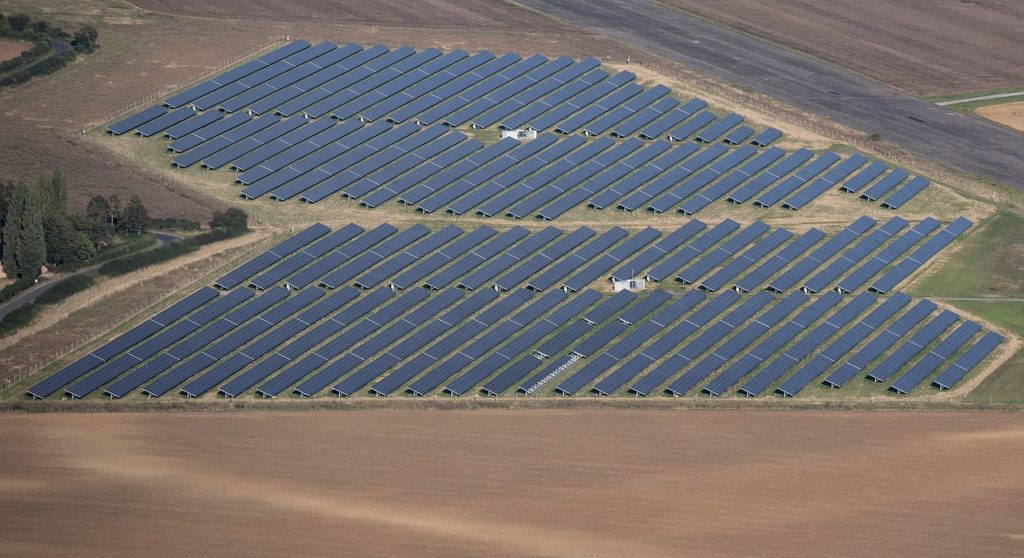
So far, the region has 46 workable green energy projects with a combined value of around $100bn.
The Middle East wants to capitalise on them quickly.
Investors from other latitudes, such as Siemens, are paying close attention. This multinational conglomerate seeks to be part of some of these initiatives and is willing to invest in a few of them.
NEOM – New Future
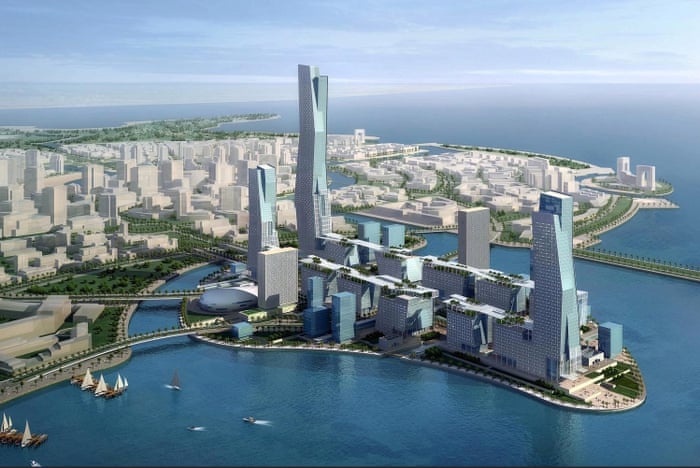
The most ambitious project in the Arabian Peninsula, specifically in the northwest of Saudi Arabia, is the planned futuristic megacity NEOM.
This 26,500 km2 city with no cars or roads won’t emit greenhouse gases and will be powered 100% by renewable energy while preserving 95% of the land for nature.
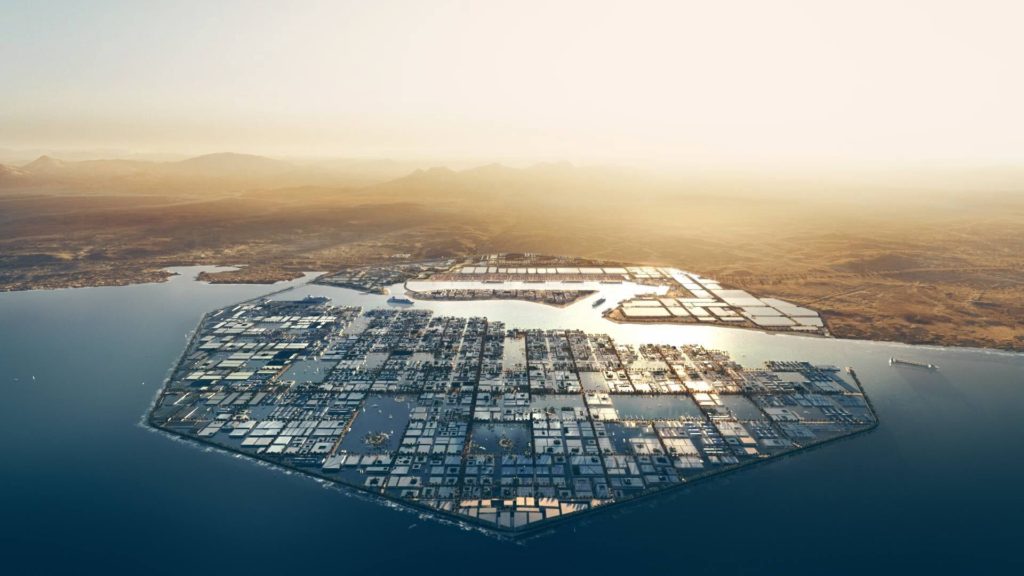
Although the construction of the cosmopolis has already started, many have doubts about its viability and success and consider it not to be achievable.
Only time will tell.
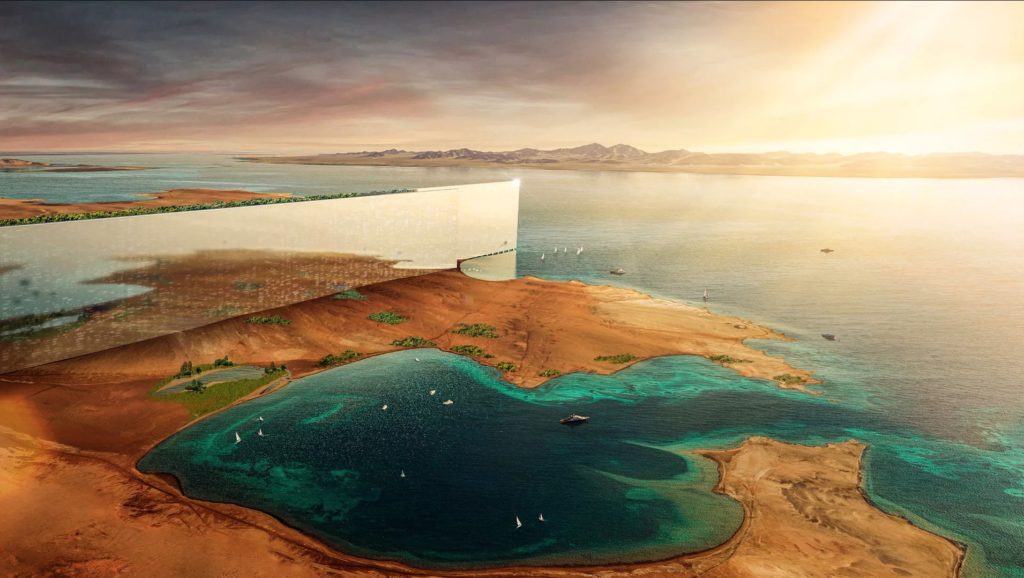
Conclusion
There’s no doubt the Middle East is on track to become one of the biggest producers of clean energy and a major supplier of green hydrogen.
They are putting in a lot of effort, attracting investors, and committing billions into massive solar projects, hoping to harvest results in a few years.
Their investment in renewables will for sure bring forth productive effects, and perhaps before long, the world will once again have to rely on the energy coming from this region.


